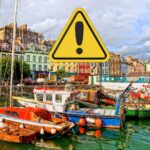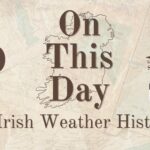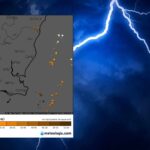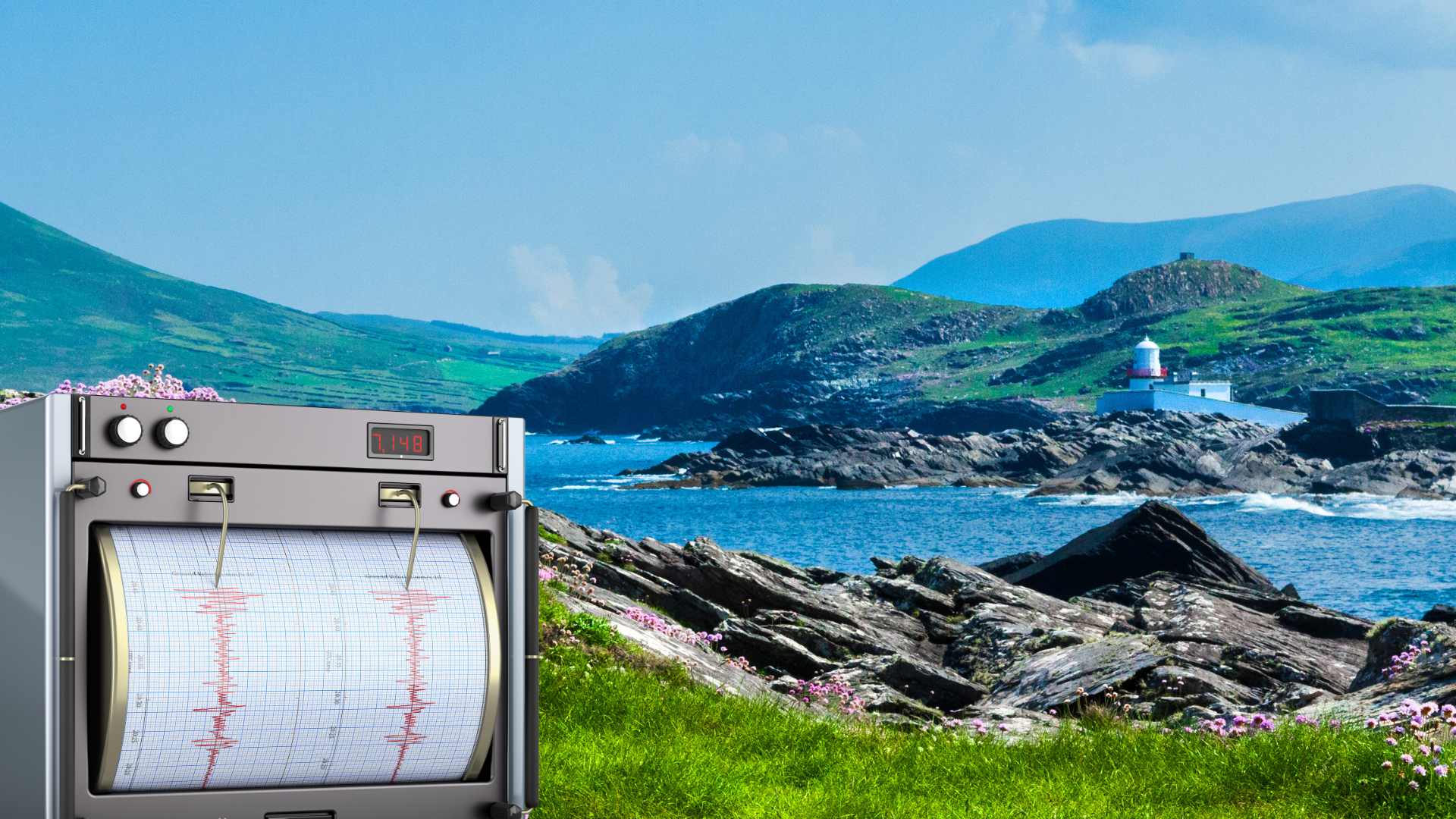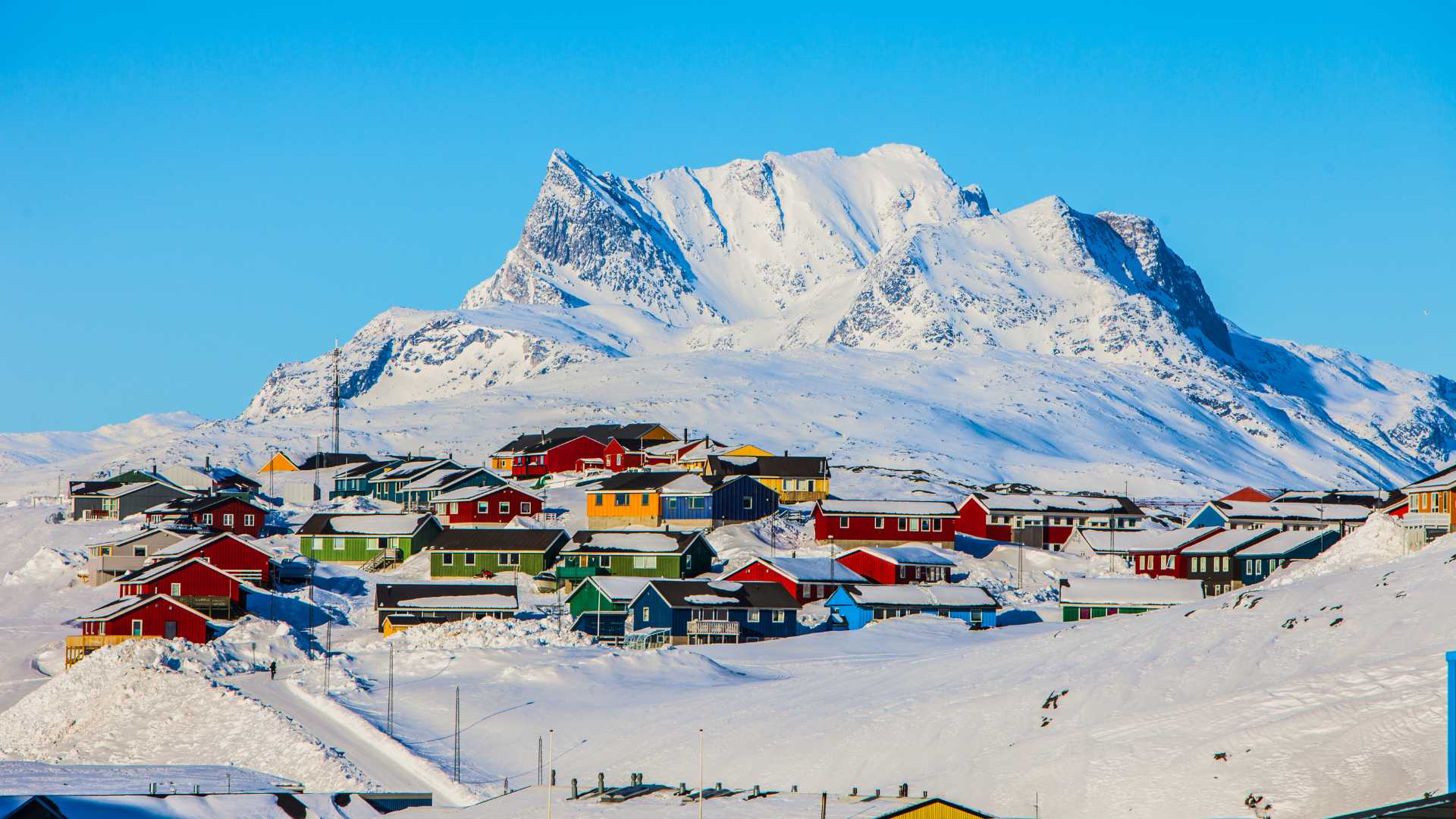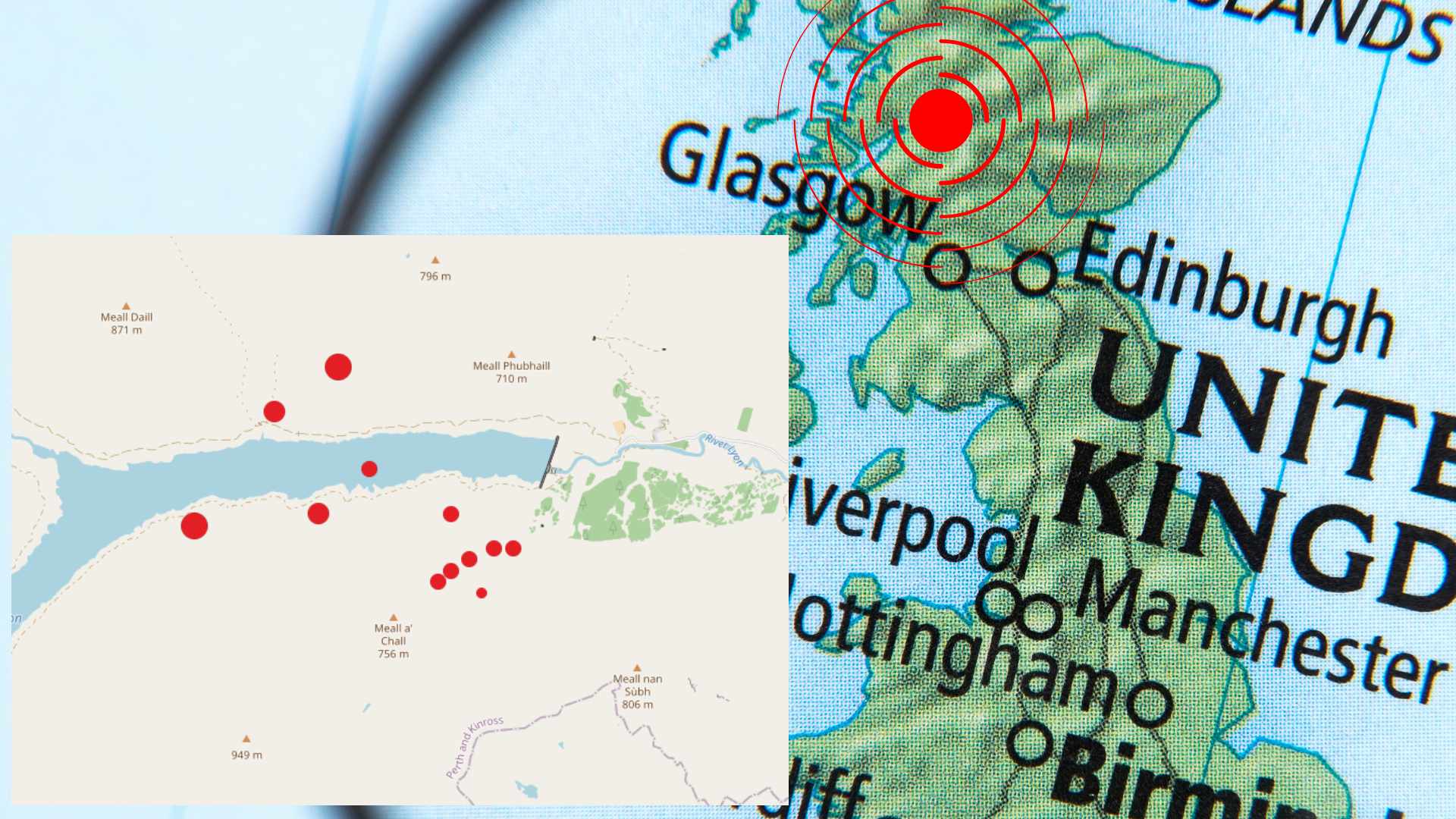
Galway Bay Fort Linked to Vikings, Rome, and Rare Dye
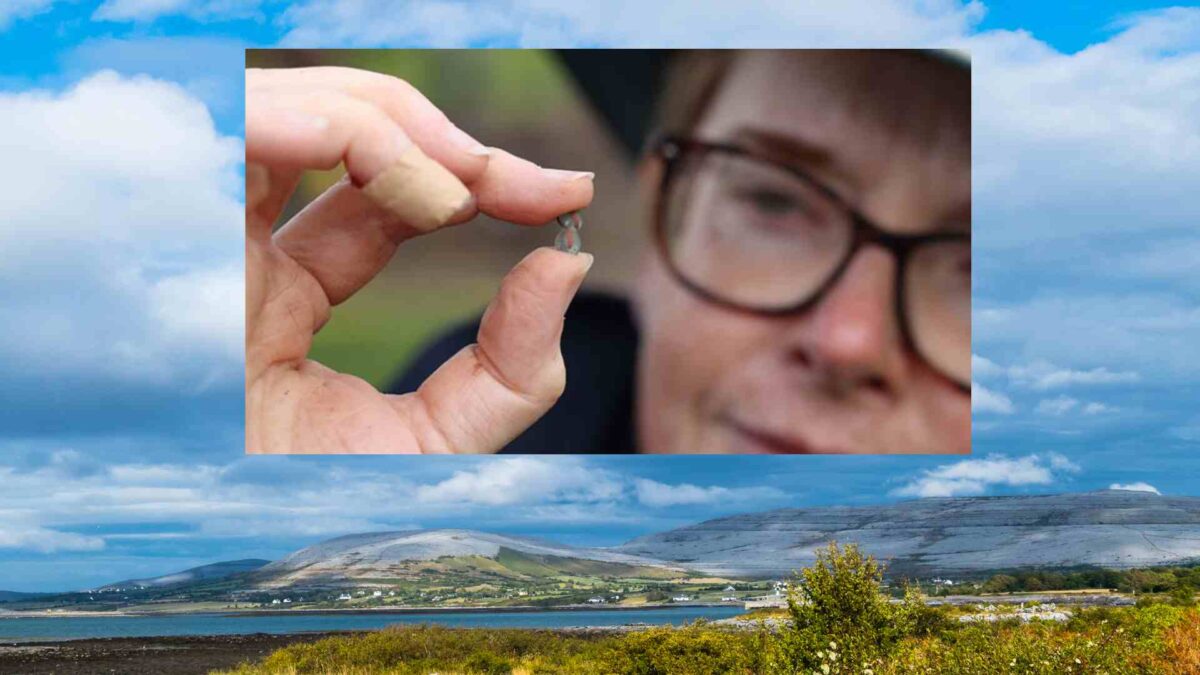
A windswept hilltop overlooking Galway Bay has yielded striking archaeological discoveries that link Ireland’s Early Medieval rulers to a much wider world — from the Burren to Scandinavia, and even as far as ancient Rome.
Archaeologists have confirmed that Rathgurreen Ringfort, located in the Maree area of Co Galway, was a “high-status” settlement — likely home to nobles or local rulers from the Early Medieval period, between the 5th and 12th centuries AD.
The excavation site offers panoramic views of Galway Bay and beyond — south to the Burren, west to the Atlantic Ocean, and north across the city and county. That dramatic, sea-facing setting wasn’t just scenic: according to researchers, it was strategic.
“Seaways were the motorways of their day,” said excavation co-lead Dr Michelle Comber, from the Discipline of Archaeology at University of Galway. “This site may feel remote today, but in the Early Medieval period, it was a hub — plugged into a network of trade and travel that stretched from Ireland to Scotland, France, Scandinavia, and beyond.”
An eight-week summer excavation at the 100m-wide ringfort has unearthed glass beads with Iron Age characteristics, pottery imported from northern France, and amber connected to Viking-era Scandinavian trade routes. Perhaps most intriguingly, archaeologists discovered evidence that the site produced rare purple dye — made by processing dog-whelk shellfish, a highly prized colour in ancient and medieval Europe.
The settlement may be far older than previously believed. Excavations suggest the site has roots stretching back over 2,000 years, possibly into the Iron Age. Its long-standing status and favourable location would have made it an attractive base for generations of elite families, according to researchers.
Dr Comber explained: “There are around 40 ringforts in Maree, most only a third the size of Rathgurreen. Our work confirms this was no ordinary farmstead — it was the centre of an ancient territory, likely home to nobility and deeply embedded in stories, myths, and real-world trade.”
The dig also builds on the work of Professor Michael Duignan, who in the 1940s first identified Rathgurreen as a likely high-status settlement. Today’s investigations began with modern geophysical surveys and involve a new research project led by University of Galway, focused on long-term land use in the Maree peninsula.
The excavation was a collaboration between professional archaeologists, local volunteers, and students from both Galway and Uppsala University in Sweden, working under the ENLIGHT European University Alliance.
Backed by the National Monuments Service and Galway County Council, the project is developing a Conservation Management Plan for the site in consultation with landowners and ecological experts. The team hopes to return for further excavations in 2026.
As Ireland’s climate and coastline continue to change, researchers are increasingly aware of how weather and geography shaped not just settlement patterns, but international connections.
“This place reminds us that Ireland’s west coast was never cut off,” said Dr Comber. “It was part of the Atlantic world — and we’re only just beginning to understand how important it really was.”
Share this WeathÉire story:
